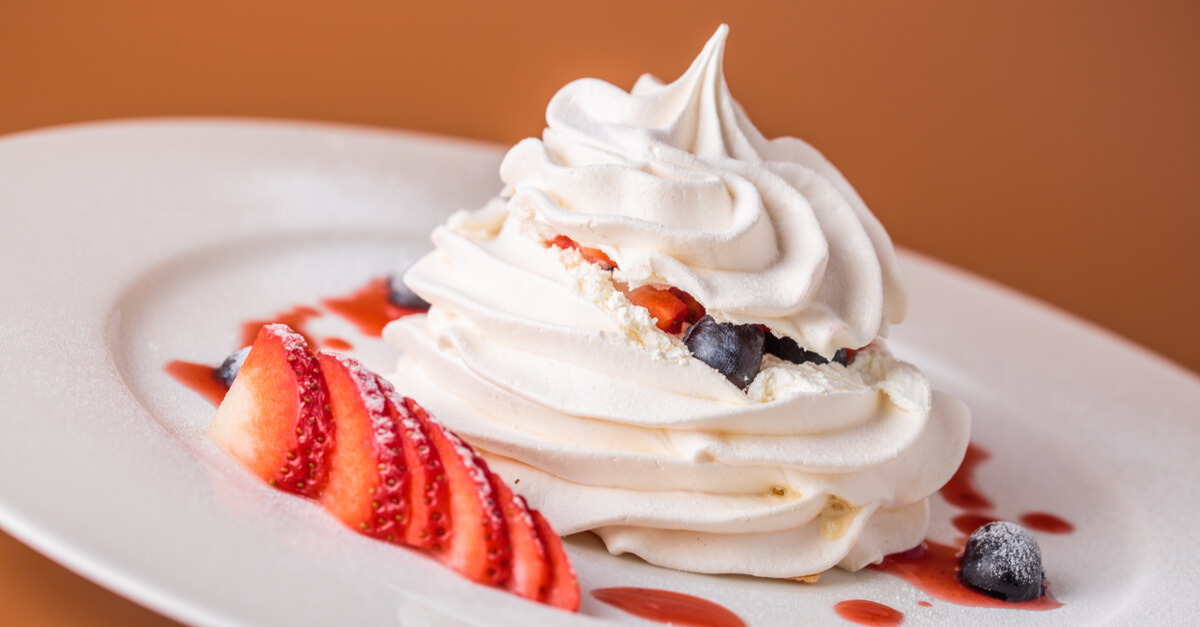The Struggle:
As a young chef I believe there is a common thread of thinking you know more than you actually do. This is no more evident than the time I swore up and down that whipped cream was made with CO2. This may be because I had never heard of N2O or I was too stubborn to actually listen to someone. So I proceeded to make a few batches of whipped cream for the night’s service in the three whipping siphons using CO2. About 1 hour and 30 minutes the first few desserts started being returned to the kitchen all claiming the whipped cream was spoiled!? “That’s impossible, I just made it” I exclaimed. I gave the whipping siphon to my Chef with the confidence of 1000 men. Then I felt my soul be crushed when they tried it and spit it out. The verbal lashing I received was one for the ages, but it was well deserved. My poor young mind couldn’t understand, “why”? Why is it that two gases that can be used in the same contraption provide wildly different results? Why do N2O and CO2 provide different results?
“Why do N2O and CO2 react differently?”
Little Bit of the Bubbly
The first thing we should break down is the reaction that happens when CO2 is mixed with water. When CO2 comes in contact with water it reacts in such a way that it creates a new compound. The CO2 and H2O turn into H2CO3, also known as Carbonic acid. This gives the acidic taste you get from something like carbonated water. Now imagine this in whipping cream, it’s quite unpleasant. Carbonic acid is between 3-4ph, so it is definitely noticeable when it is in food. Why doesn’t N2O react in a similar way? N2O does not react with water and if far more stable than CO2. This is why there is no change in the acidity of the product. On top of that the bubble structure of CO2 is far greater than N2O. Pressurizing a liquid is known as forced carbonation, think of the bubbles in soda. These large chunky bubbles can be felt when they are on the tongue. Naturally carbonated beverages like beer or champagne can have a finer bubble structure but it does not match up to something like N2O. N2O creates bubbles that are so fine they tend to give the liquid a creamy texture. This is why it works so well in something like whipped cream. A great example of liquid that has N2O is a nitro brewed coffee or a Nitro milk stout. These nitro infused liquids will have that creamy head on the top of the liquid and it is difficult to pick out a single bubble.
I guess the moral of this story is sometimes faking it until you make it can result in not actually making it. So when someone tells you that they are positive that whipped cream uses “Carbonation, Bro” you can point them towards this article and prevent them from being verbally bludgeoned in front of the rest of the kitchen staff. If you still don’t believe me check out the recipes below to see for yourself the difference between the two!
Ready to get Cooking?
Give our Soda recipes and Effortless White chocolate Mousse recipe a try! Let the whipping siphon do all the heavy lifting in this simple recipe for home made chocolate mousse topped with spherified caviar. Serve as a light dessert for a weeknight dinner or refreshing course at any dinner party.


